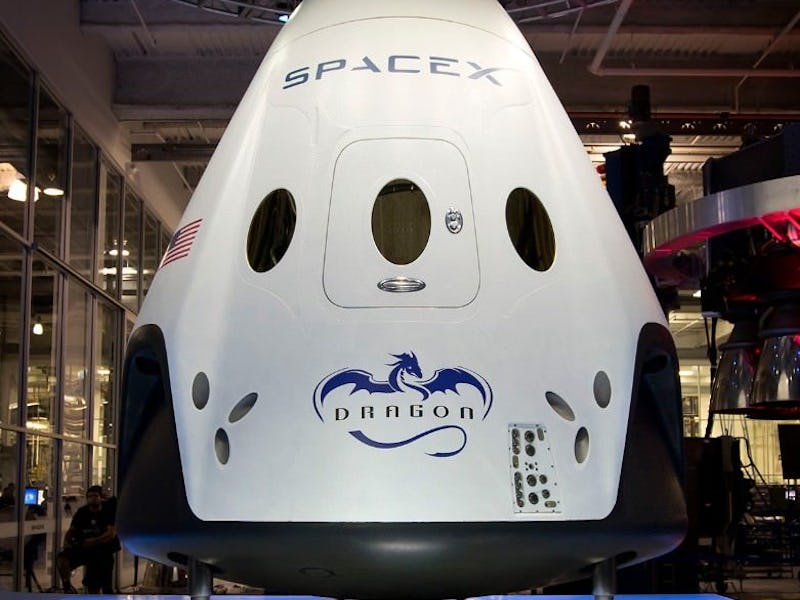Elon Musk Reveals When SpaceX's Crew Dragon Will Be Shipped to Florida
Despite new report, Musk says he's on schedule.

Sometimes, the best way to get SpaceX to settle on a deadline is to simply tweet about the aerospace company and wait for CEO Elon Musk to respond.
On Tuesday, the U.S. Government Accountability Office (GAO) published its assessment of NASA’s ongoing large projects and found that the agency’s separate contracts with SpaceX and Boeing are both facing technical setbacks. On Wednesday, Ars Technica reported that SpaceX could be two years away from reaching operational status for NASA, prompting Musk to offer his own timeline.
“SpaceX Crew Dragon ships to the Cape in about 3 months,” he said in a tweet. SpaceX was scheduled to fly a demonstration flight of its Dragon in August but the crewed mission is not slated until December. If Musk’s statement is correct, that would mean that the NASA program is not behind schedule as the government assessment suggests.
According to the GAO report, the average launch delay across NASA’s program is 12 months, the most they’ve ever reported. GAO identifies one major risk factor as being the Falcon 9 rocket used to launch Dragon and the cracks that just don’t seem to go away. “NASA program officials told us that they had informed SpaceX that the cracks were an unacceptable risk for human spaceflight,” the report states. “SpaceX officials told us that they have made design changes, captured in this Block 5 upgrade, that did not result in any cracking during initial life testing. However, this risk will not be closed until SpaceX successfully completes qualification testing in accordance with NASA’s standards without any cracks.”
Despite that, Musk insists that Crew Dragon will be shipped to Cape Canaveral, Florida, sometime in August for the demonstration mission. The GAO reports that NASA will see cost and schedule growth in the future, but for now, the crewed Dragon mission is still slated for December.
In the event of a delay, SpaceX would be responsible for much of the extra costs, which is added incentive to meet deadlines. Still, the GAO remains resolute that it won’t be a possibility, per NASA’s standards.